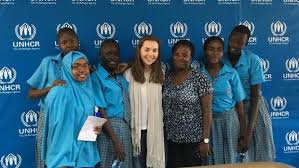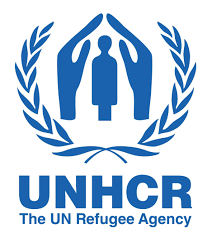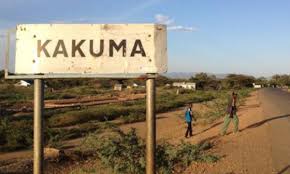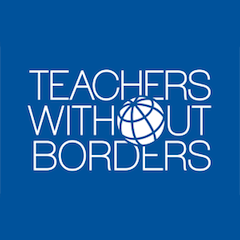 To now take the time to reflect on the last 12 weeks in the unit EDFD 459 The Learning Space is perhaps a great way to show my new understandings and perceptions.
To now take the time to reflect on the last 12 weeks in the unit EDFD 459 The Learning Space is perhaps a great way to show my new understandings and perceptions.
To start with I will go back to the term Learning Space and ask what does this mean? I might have thought 12 weeks ago that it could only mean the classroom and why not just use this term? Classrooms were by far the single most important space for learning, it was where most of the learning occurred within a school. The shift of the way 21st-century learning occurs is well under way and this encourages a variety of teaching methods, flexible learning spaces will provide opportunities for teachers/students to work together in new ways. So now, the term Learning Spaces start to mean something with a greater meaning, not just the physical space.
Flexible spaces have given teachers choices in ways they interact with students, which is of course is so different to the way schools were set up when I attended Primary and Secondary school. The flexible learning space can also give teachers a stronger sense of what students are learning and how to make richer connections between different learning areas. How I am able to practice my teaching is by embracing the opportunity to put the learner at the heart of the education system and allow flexibility so that I am able to meet the needs of the individual student. It’s about social and collaborative learning, student directed/teacher directed learning, with an integrated curriculum that is flexible in its design.
Future learning spaces will have students at the center with teaching tailored to the learning preferences of different learners, to connect to the learners interests and what they already know. As a result of my learning over the last 12 weeks ,I take with me a feeling of a list of possibilities to explore in the physical classroom space. Flexibility is the key word for me , to allow for flexible student and teacher groupings, improved access to resources, linking pedagogy to the virtual space and the use of ICT as key learning and teaching tools.



 While researching the Kakuma Refugee camp I came across the story of a 17-year-old girl called Clare Morneau.
While researching the Kakuma Refugee camp I came across the story of a 17-year-old girl called Clare Morneau.

 United Nations High Commissioner for Refugees- UNHCR
United Nations High Commissioner for Refugees- UNHCR It has been a long process to decide on where and what I would base my Future learning Space on, once you start reading and researching refugee camps it is just not possible to skim over the stories and information. It has been an education for me to learn about what is happening around the world and to read the plight of so many people who have fled their countries and become refugees has left me at times speechless.
It has been a long process to decide on where and what I would base my Future learning Space on, once you start reading and researching refugee camps it is just not possible to skim over the stories and information. It has been an education for me to learn about what is happening around the world and to read the plight of so many people who have fled their countries and become refugees has left me at times speechless.
